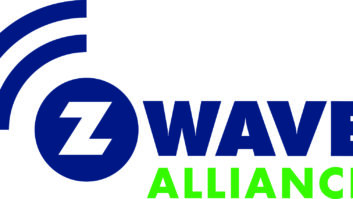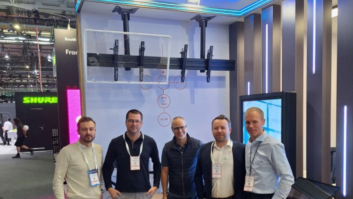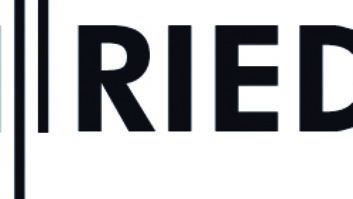Connected-home technology that’s affordable by the average household rather than just the affluent has been a distant prospect for a number of years. But a relatively young company called QuiiQ (pronounced ‘quick’) believes that this goal is almost here – with an entry point of around €100 per household.
QuiiQ is ambitious. It wants to reach the mass market – partnering with telecoms companies to get its technology into homes across Europe. It is already working with the lead telco in its home country, Portugal Telecom, in a development of 200 houses.
QuiiQ’s CEO António Murta believes that it is inevitable that telcos will want to expand their services in the future. They need to add more profitable services as traditional voice call revenues fall; they need to differentiate themselves from their competitors; and they need to do more to retain existing customers.
Murta describes this change as the move from 3-play (phone, broadband, TV) to 20-play or even N-play. “We see a future where telcos can charge their customers £100-£120 per month rather than £50 – by competing with bookshops, security companies and more, although the price of each individual service will be lower than it is today,” he says.
Telcos are starting to offer services such as movies and games, and later on will sell books and tickets via home TV screens, says Murta. These aren’t areas that QuiiQ wants to get into; it is targeting areas such as security, home control, assisted living, energy saving, grocery ordering, and expenses handling. “Our space is the ‘semi-real’ categories,” he says. ”They are part virtual, part physical.”
QuiiQ’s entry-level offering, know as the Security, Home Control and Energy Saving solution, consists of four ‘building blocks’: a home server, which provides wireless connectivity to ZigBee devices; an intelligent power plug; a sensor, which can detect motion, sound and heat; and an IP camera. ZigBee devices, explains Murta, create low-energy mesh networks, making it a straightforward matter to add a new devices to an existing network. (Last autumn, a white paper from GE declared that ZigBee will become ‘Bluetooth for the home’.)
Setting up the starter package takes six to 10 minutes, according to QuiiQ, although the company would like it to be quicker – currently, it’s not possible to autoconfigure the IP camera. Once the network is up and running, it can communicate with any web-based device, such as a PC, tablet or mobile phone. Potential uses are many and varied, says Murta: for instance, remotely turning off the power to appliances; checking that an elderly relative, who lives alone, has entered the kitchen in the morning; monitoring babies (or nannies); looking inside your house after a burglar alarm has started ringing (currently, alarm monitoring services will inform you that the alarm has been triggered, but no more than that).
Looking further ahead, QuiiQ believes that the number of connected devices in a typical home will increase rapidly over the next few years – to the hundreds. It will become the norm for every item of consumer electronics will have the ability to communicate – even something as simple as bathroom scales, so that a consumer can track their weight over time and share the information with their doctor.
Keith Gibson, QuiiQ chairman, points to three reasons why the time is right for this kind of technology. First, smartphones and tablet computers have come into the mainstream as multifunctional control devices, and people are actively looking for further uses for them. Second – and the ‘iDevice’ market has had an influence here too – he believes the market is ready for a solution that is primarily software-based. Third, the cost of the hardware has now come down to affordable levels – partly because of reduced component costs, and partly because the functionality resides more in the software than in the hardware.
Is there an opportunity for installers? Murta argues that for any technology of this type, part of the market will be ‘geeks’ prepared to install the solution themselves, while the rest will be people who see the benefits but don’t want to get involved in the installation, and so will turn to a professional installer. That’s an argument that I agree with, but to my mind the companies who’ll want to get a piece of this action are more likely to be broadly based electrical, satellite TV or security installers, rather than custom AV installers.
Similarly, while there is also an opportunity for the technology in new home developments, and in the SME sector, there are other professionals better placed than custom installers to capitalise on it. However, Murta argues that homes are going to become so sophisticated, they are likely to need a maintenance contract – and householders will prefer a single point of contact to multiple ones.
However, that’s not to deny the potential of Quiiq’s offering. To succeed in the residential environment, any solution requires ease of use, a neat, unobtrusive appearance (the notorious ‘wife acceptance factor) and benefits that justify the expenditure of time, money and emotion. I haven’t seen Quiiq’s technology demonstrated, but from talking to the company, I have high hopes. www.quiiq.com







